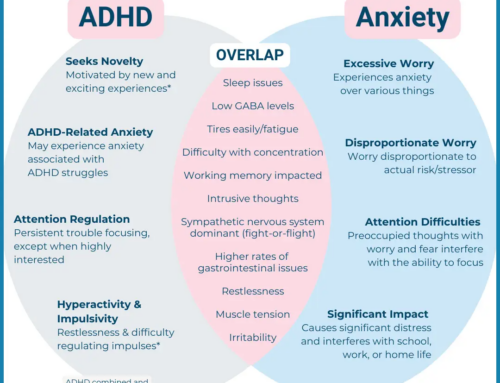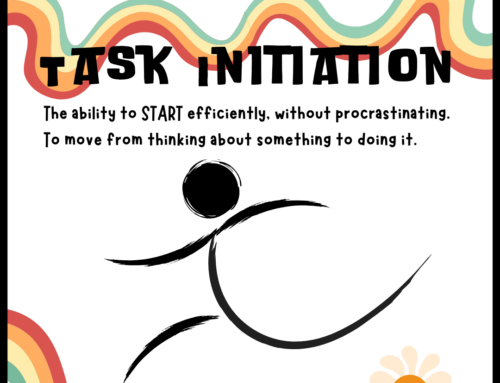Setting goals and benchmarks that genuinely motivate you—enabling you to pursue what you care about instead of what you think you “should” be doing to make everyone else happy—is vital for achieving success. Read that again. 💛 The most important thing you can do each day is look for your own personal set of reasons for what you want to achieve. Why?
One big reason is because the energy you create in thinking of what your achievements mean to you – and only you – will help you remain consistent even when you are not motivated. And consistency is EVERYTHING. Even if your steps aren’t as smooth as the staircase above and more like a one step forward, three steps back, nothing is wasted. Everything is a data point. And the only way to fail is to stop trying. Let’s GO!
Here’s the best way to start:
1. Create your EF Skills Profile using the first two steps in my free ebook.
2. After you complete steps 1+2 of the ebook, follow the process below with step 3 to help you set goals that actually inspire you.
3. Once you master the process, you can apply it to any scenario for a lifetime of achievements—no exaggeration.
How to Utilize the THREE YP Principles for Creating Sustainable Change (TM) to establish goals that will truly inspire you.
- Ask yourself: What is the smallest, simplest step I can take next? Start by practicing that. Breaking large goals into smaller, manageable steps is essential for building momentum and confidence. By concentrating on the smallest, easiest action, you can alleviate overwhelm and enhance the chances of taking action
Examples:
- Student: Instead of “study for the big exam,” begin with “review one page of notes for 5 minutes for the next 4 weeks.”
- Parent: Rather than “organize the entire house,” kick off with “declutter one kitchen drawer each week.”
- Teacher: Instead of “revamp the entire curriculum,” start with “brainstorm three new lesson ideas and share with my teammate.”
- Leader: Rather than “improve team communication,” initiate with “have a 5-minute check-in with one team member.”
- Student: Instead of “write a research paper,” start with “create an outline for the introduction.”
- Parent: Rather than “establish a new family routine,” begin with “implement one new habit at dinnertime.”
2. Combine new activities with those you naturally do. Link what you need to practice with what you already enjoy. By merging new habits or tasks with established routines, you harness the power of habit stacking, making it simpler to add new behaviors to your life.
Examples:
- Student: Practice vocabulary while brushing your teeth in the morning.
- Parent: Listen to educational podcasts during your daily commute.
- Teacher: Integrate mindfulness exercises at the beginning of each class.
- Leader: Conduct walking meetings to merge exercise with work discussions.
- Student: Review math formulas while waiting for the school bus.
- Parent: Practice active listening skills during family movie nights.
3. Align your goals with your personal values and interests, and understand why these goals matter to you. Having a clear vision of what achieving these goals means to you will enhance their significance in the broader context.
When your goals resonate with your core values and long-term vision, you are more likely to remain motivated and dedicated to reaching them.
Examples:
- Student: Relate improving grades to the aspiration of attending a dream college and pursuing a future career.
- Parent: Connect establishing a regular family dinner routine to strengthening family ties and creating cherished memories.
- Teacher: Link professional development goals to the desire to positively affect students’ lives and advance education.
- Leader: Associate team-building initiatives with the vision of fostering a more inclusive and innovative workplace culture.
- Student: Align volunteering goals with personal values centered on community service and social responsibility.
- Parent: Relate learning a new skill (e.g., cooking) to the goal of promoting healthier family lifestyles.
By implementing these three strategies and personalizing them to your situation, you’ll be well on your way to setting and achieving truly inspiring goals.
The key is to start small, build upon existing habits, and connect your goals to your personal values and long-term vision. This method will assist you in overcoming executive function challenges and forging a sustainable path to success! Need a boost? We’re only a phone call away!
Yours in the journey,
Cara







